MoMA PRESENTS SURVEY OFFERING NEW PERSPECTIVES ON INNOVATION AND CREATIVITY IN 20TH-CENTURY DESIGN FOR CHILDREN
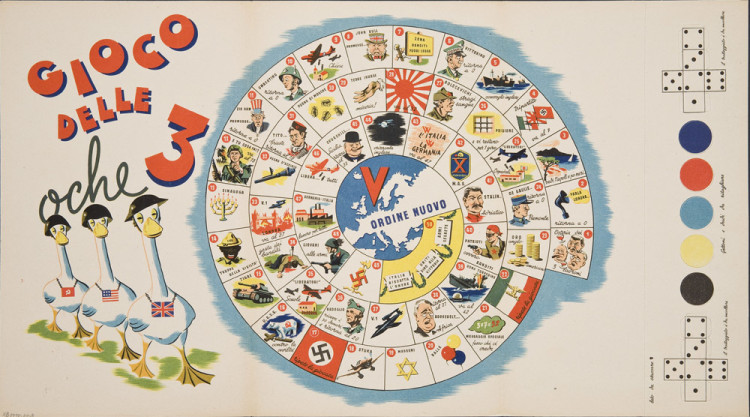
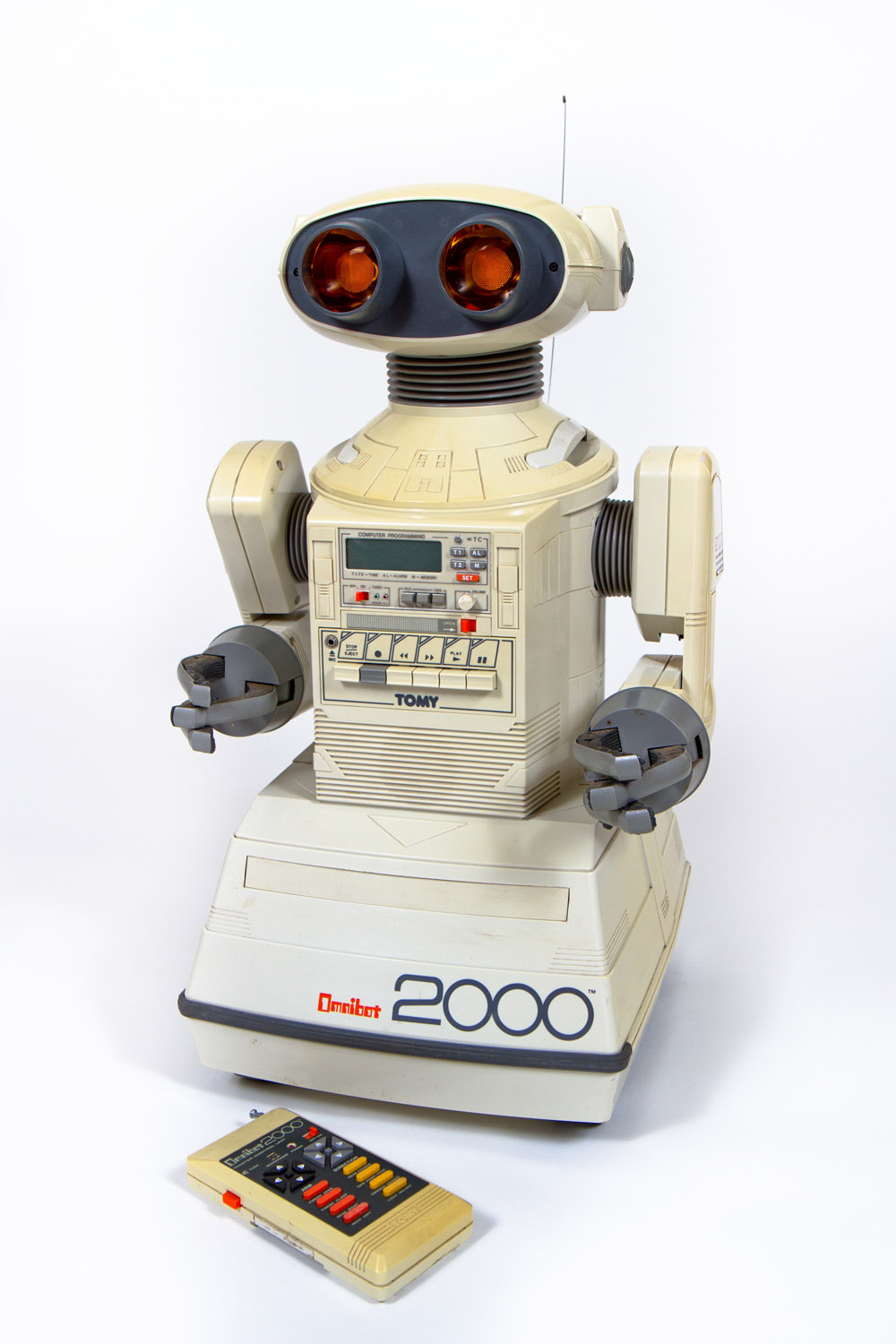
Century of the Child: Growing by Design 1900–2000
July 29–November 5, 2012
The Joan and Preston Robert Tisch Exhibition Gallery, sixth floor
Press Preview: Tuesday, July 24, 10:00 a.m.–12:00 p.m.
MoMA.org
NEW YORK, March 30, 2012—Century of the Child: Growing by Design 1900–2000, The Museum of Modern Art’s ambitious survey of 20th-century design for children, is the first largescale overview of the modernist preoccupation with children and childhood as a paradigm for progressive design thinking. The exhibition, on view at MoMA from July 29 to November 5, 2012, brings together areas underrepresented in design history and often considered separately, including school architecture, playgrounds, toys and animation, clothing, children’s hospitals and safety equipment, nurseries, furniture, and books. This exhibition is organized by Juliet Kinchin, Curator, and Aidan O’Connor, Curatorial Assistant, Department of Architecture and Design, The Museum of Modern Art.
In 1900, Swedish design reformer and social theorist Ellen Key’s book Century of the Child presaged the 20th century as a period of intensified focus and progressive thinking regarding the rights, development, and well-being of children as interests of utmost importance to all society. Taking inspiration from Key—and looking back through the 20th century 100 years after her forecast—this exhibition examines individual and collective visions for the material world of children, from utopian dreams for the “citizens of the future” to the dark realities of political conflict and exploitation. In this period children have been central to the concerns, ambitions, and activities of modern architects and designers both famous and unsung, and working specifically for children has often provided unique freedom and creativity to the avant-garde.
The exhibition is organized into seven roughly chronological sections exploring different themes through a mix of design type, material, scale, and geographical representation. New Century, New Child, New Art covers the period of 1900 through World War I, focusing on select artistic centers (Glasgow, Vienna, Budapest, Chicago, Rome) in which children were at the heart of a search for a new visual language, while leading designers and intellectuals of the day, many of them women, became involved in addressing children’s rights, welfare, and educational reform.
A highlight of this section is the first showing of MoMA’s recently acquired collection of materials representing Friedrich Froebel’s development of Kindergarten, with its “gifts” and “occupations” forming a spiritual system of abstract design activities developed to teach appreciation of natural harmony and foster creativity in developing young minds.
Avant-garde Playtime locates children and childlike perspectives in relation to well known avant-garde groups and movements of the 1920s–1930s, including Expressionist architecture and the Bauhaus in Germany, De Stijl in the Netherlands, Futurism in Italy, and Dada in Switzerland. Toys, puppets, books, and children’s furniture in this section represent how children’s innocently subversive mode of questioning the world around them offered artists (sometimes as parents themselves) a means of challenging visual and social conventions.
Light, Air, Health takes an architectural view of the same inter-war period, connecting modernist concerns for hygiene and healthy development to radical new schools in Europe and the United States, new visions of the city, health centers, sanitariums, and summer colonies for children. In this period the child’s body itself was subject to design through the activities and facilities of body culture, heliotherapy, and new modern clothing.
Children and the Body Politic reveals the involvement of children as both icons and intended audiences of designed propaganda in major political movements (communism, fascism, and colonialism) and conflicts of the 1930s–1940s. Toys, clothing, books, and posters from the former USSR, Japan, Germany, Italy, Spain, and the United States bring into focus a recurrent paradox in 20th-century design for children: the simultaneous desire to protect the youngest and most vulnerable section of society from the cares of adult existence, while also projecting onto them ideological values that subsume them within that very same adult world of partisan politics and unequal power relationships.
Regeneration focuses on visions for constructing better, more egalitarian worlds during the baby boom years following World War II, and the exuberant reappearance of children in public urban space and modern, more informal school environments after the wartime experience of confinement or evacuation. Soaring toy sales furthered economic development but also triggered debates about ethical and functional approaches to design.
Power Play explores different ways in which children and consumer culture have exerted power over each other from the 1960s through the end of the 20th century, a broad span of time held together by the prevailing concept of the child consumer as an autonomous agent. During the Cold War, children experienced a very real power struggle via space-themed toys, accessories, animations, and furnishings. New children’s products inspired by the youth-minded principles of Pop art and by consumer culture itself took advantage of new modern materials and manufacturing techniques, while in the digital realms of gaming and communication, children surpassed adults’ command of innovative design. Meanwhile, children have processed the images and text of material culture and mass media in their own ways, sometimes in active subversion of intended meanings and purposes, as in contemporary Japan, where a deep fascination with youth is interpreted by young girls shaping their identities through fashion, accessories, and creative products.
Designing Better Worlds recapitulates the challenges that designers continue to face in a globalized world, and the embrace of a more ethical, progressive, or idealistic philosophy in terms of therapeutic, inclusive and assistive design; graphics and products for transnational aid organizations; and innovative play environments that resonate with the axiom of cultural commentator Pat Kane: “Play will be to the 21st century what work was to the industrial age—our dominant way of knowing, doing and creating value.”
This exhibition is accompanied by a catalogue, a complementary educational program for children and adults, and a related film series, Unaccompanied Minor: Views of Youth in Films from the Collection (July 18-August 10, 2012), organized by Anne Morra, Associate Curator, Department of Film, MoMA.
Position the cursor on the images to view captions, click on images to enlarge them.
Posizionare il cursore sulle immagini per leggere le didascalie; cliccare sulle immagini per ingrandirle.

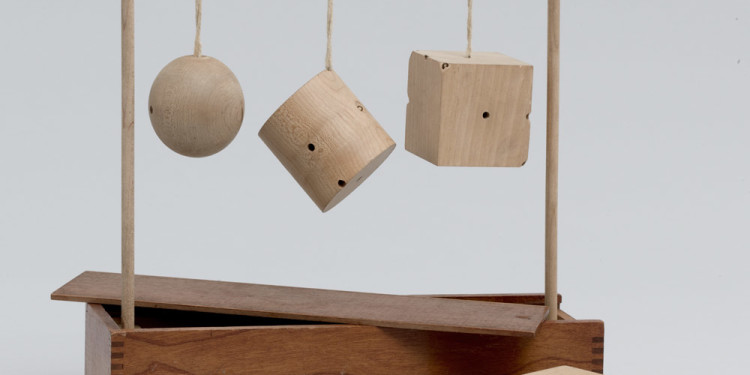
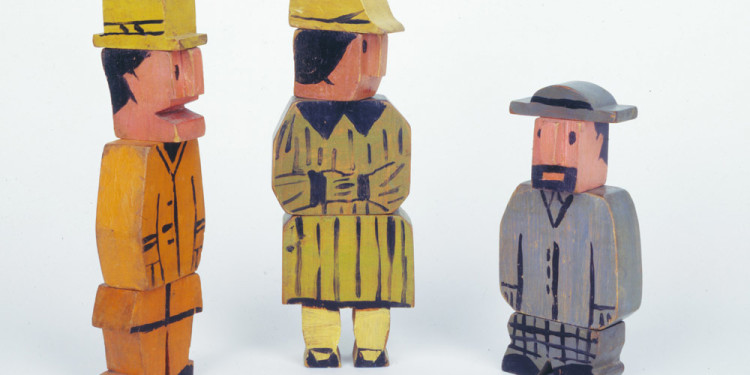
![Minka Podhájská (Czechoslovak, born Moravia [now Czech Republic], 1881–1963). Series of Personifications of Childhood Misdeeds. 1930. Painted wood, dimensions vary, largest: 5 1/8″(13 cm) tall. Museum of Decorative Arts, Prague](https://www.1fmediaproject.net/new/wp-content/uploads/2012/04/moma_cotc_2.07podhaskachildhoodmisdeeds-750x375.jpg)

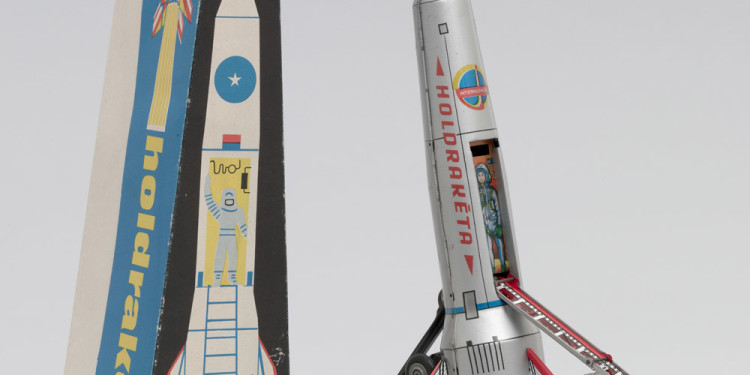

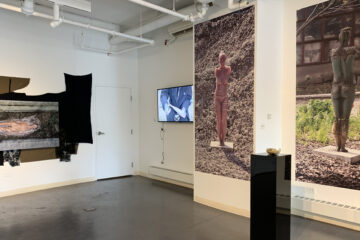


No Comment